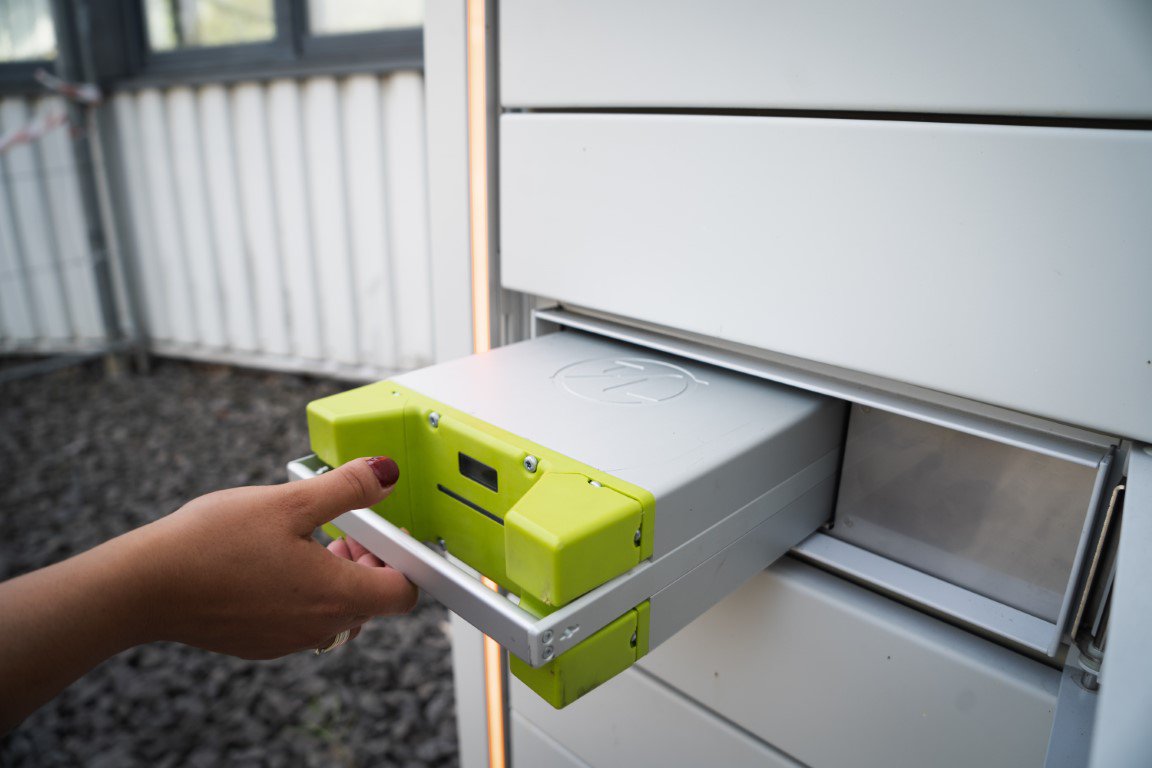
Energy storage refers to the conversion of electrical energy into a stored form which can later be dispatched to the grid when needed. Energy storage technologies that have large adoption and are currently deployable are pumped storage and batteries. Other deployable energy storage technologies are flywheel energy storage, molten salt, and compressed air energy storage.
Energy storage is a topic of keen interest in many areas of the country and has recently seen a flurry of policy related activity in the Pacific Northwest. Oregon has a storage mandate for the two largest investor-owned utilities of 5 MWh each by 2022 at a minimum, and up to 1% of 2014 peak load (HB 2193). HB 2193 also directs Oregon Public Utilities Commission to develop analytical guidelines for evaluating energy storage. Washington Utilities and Transportation Commission (UTC) has a recently-released policy statement directing the study of energy storage as a candidate non-wires alternative for T&D upgrades, and The Washington Clean Energy Fund has provided $14.3 million in matching funds for utilities in the state to develop 4 utility-scale storage projects. The purpose of these matching funds is to test different energy storage technologies and use cases. The Montana Public Service Commission (PSC) has issued Order 7621b that allows for storage to be used in net metering provided that it meets the qualifications set by the Order. PSC also directed its investor-owned utility to investigate pumped hydropower storage in its next integrated resource plan. The state of Idaho has no storage specific directives at this time, however Idaho Power announced plans for the state’s largest utility scale Battery storage project at 120 MW of storage to be online by June 2023.
Even though the northwest is hydropower-rich, the Council has long recognized the need for additional storage resources. For more information on the individual technologies, the 2021 Power Plans’ supporting materials has reference plants for:
Council staff is now working diligently and engaging with advisory committees to ensure that storage is appropriately accounted for as a candidate resource option in the Ninth Power Plan.



